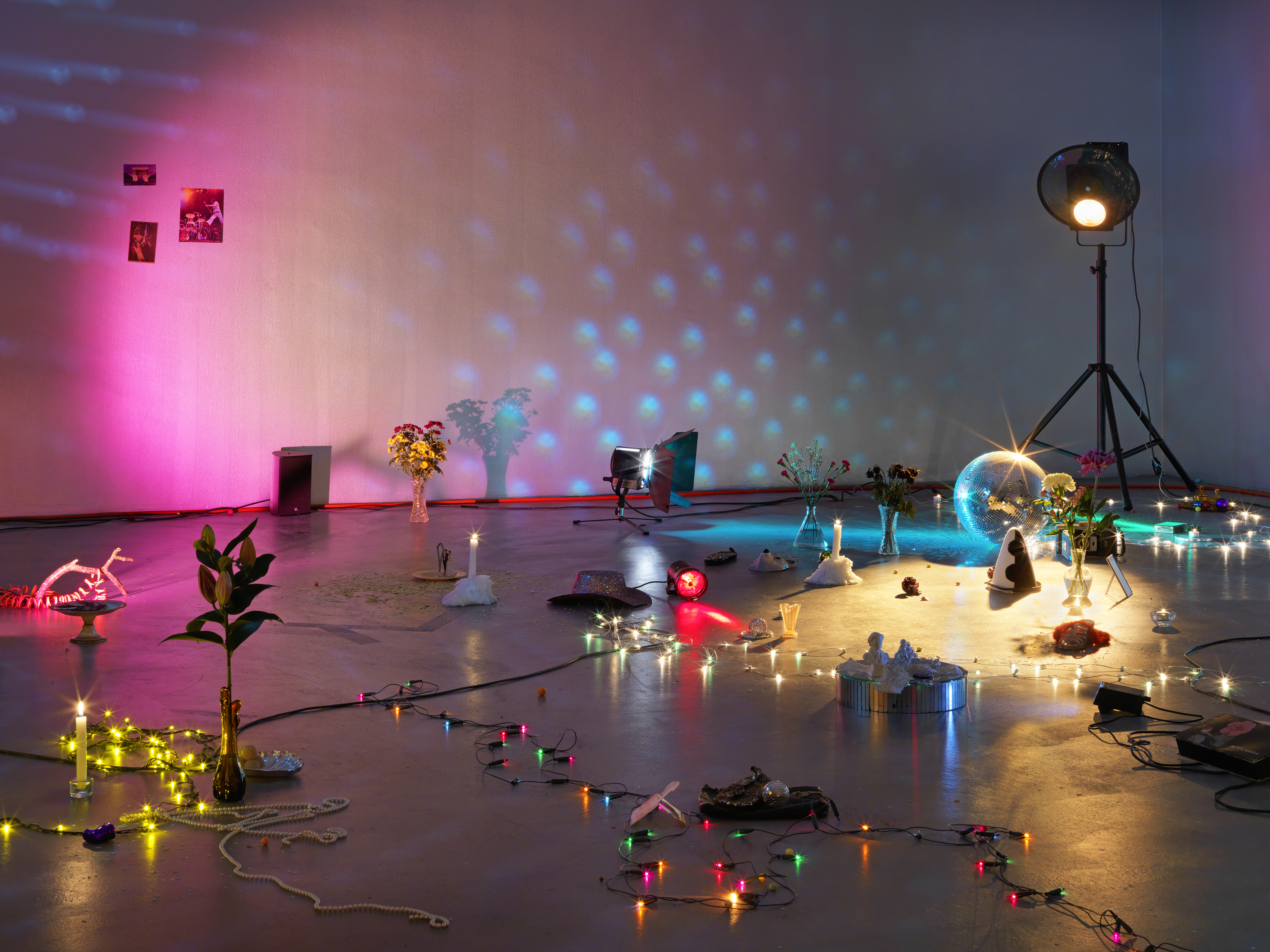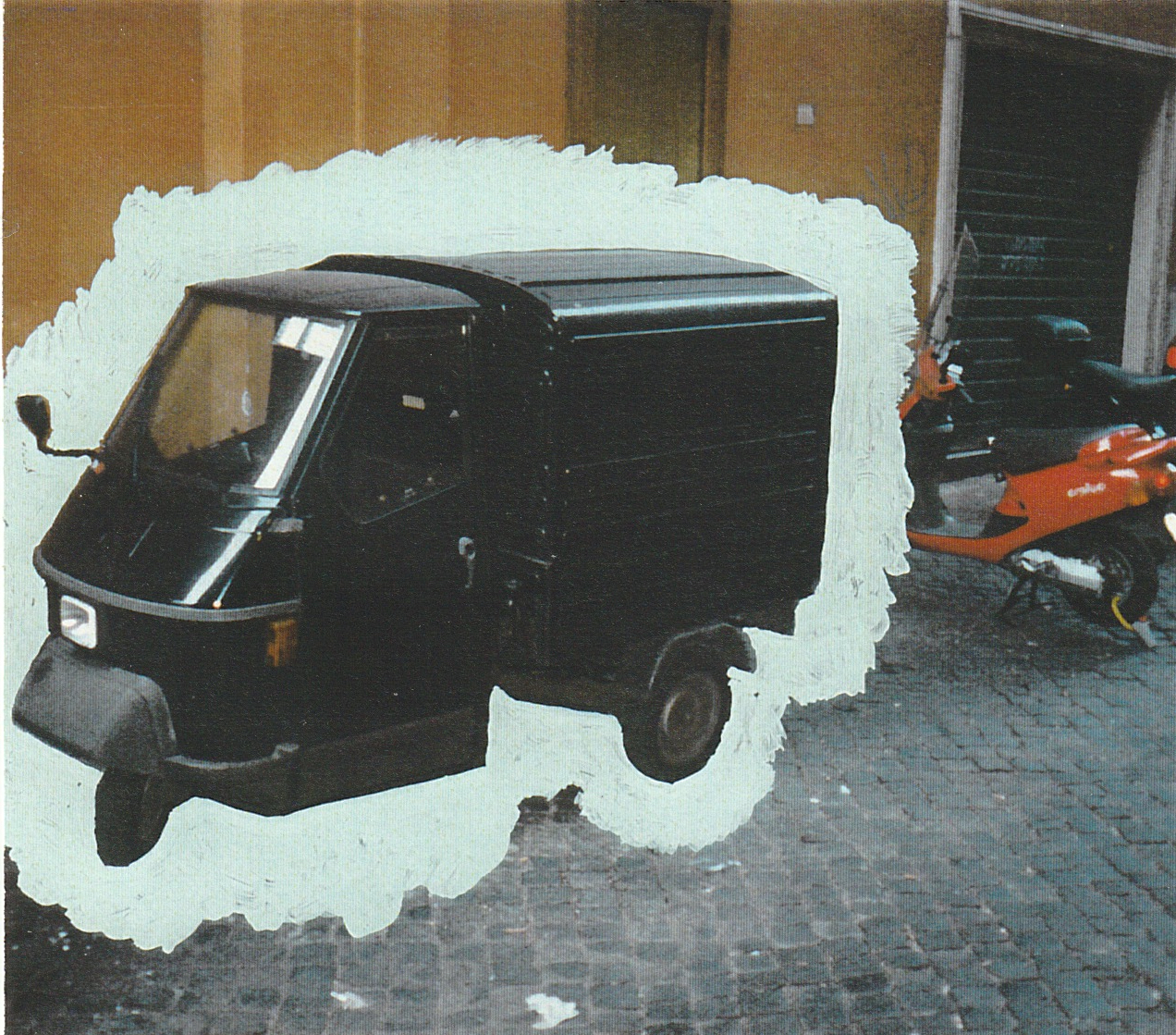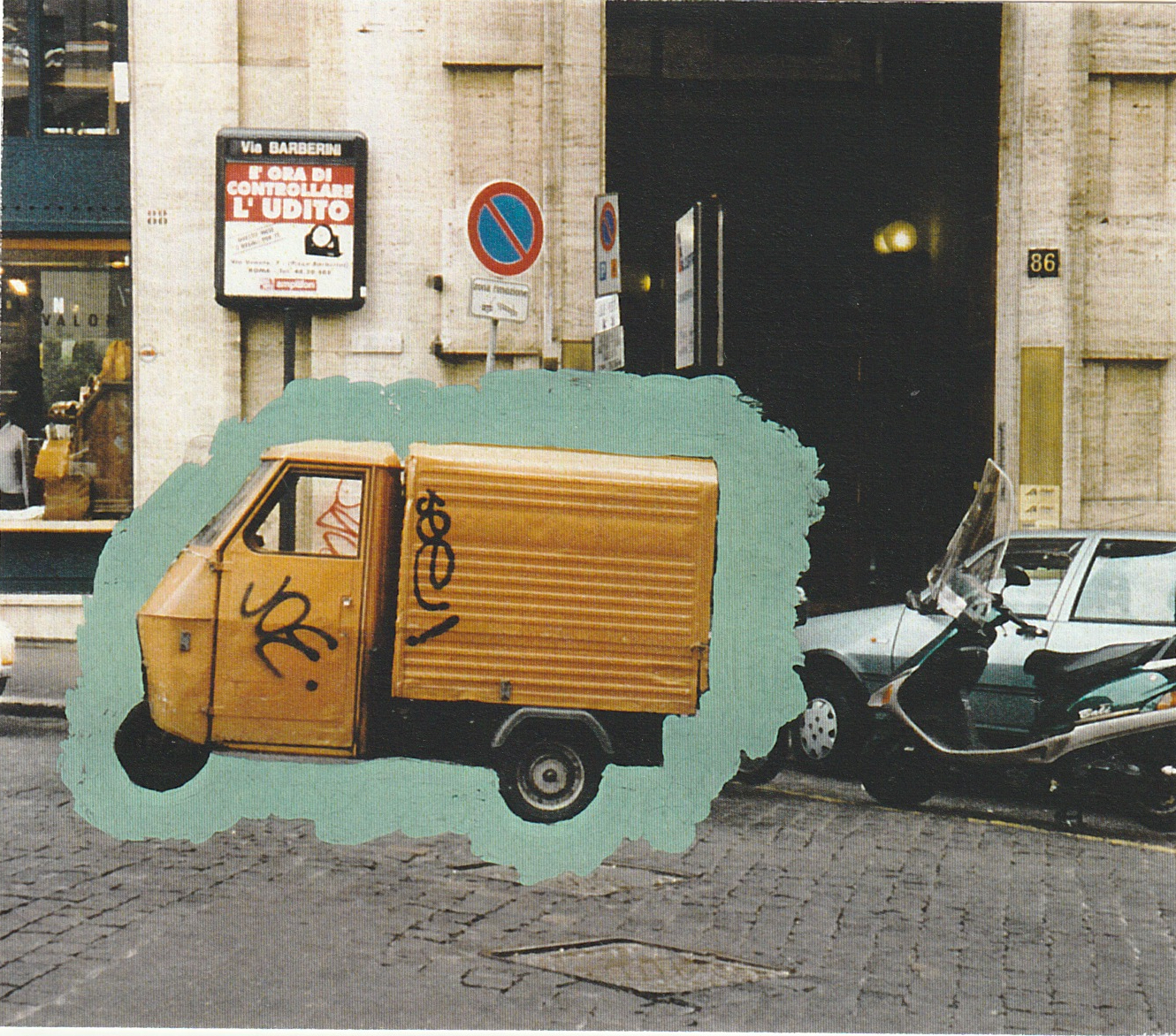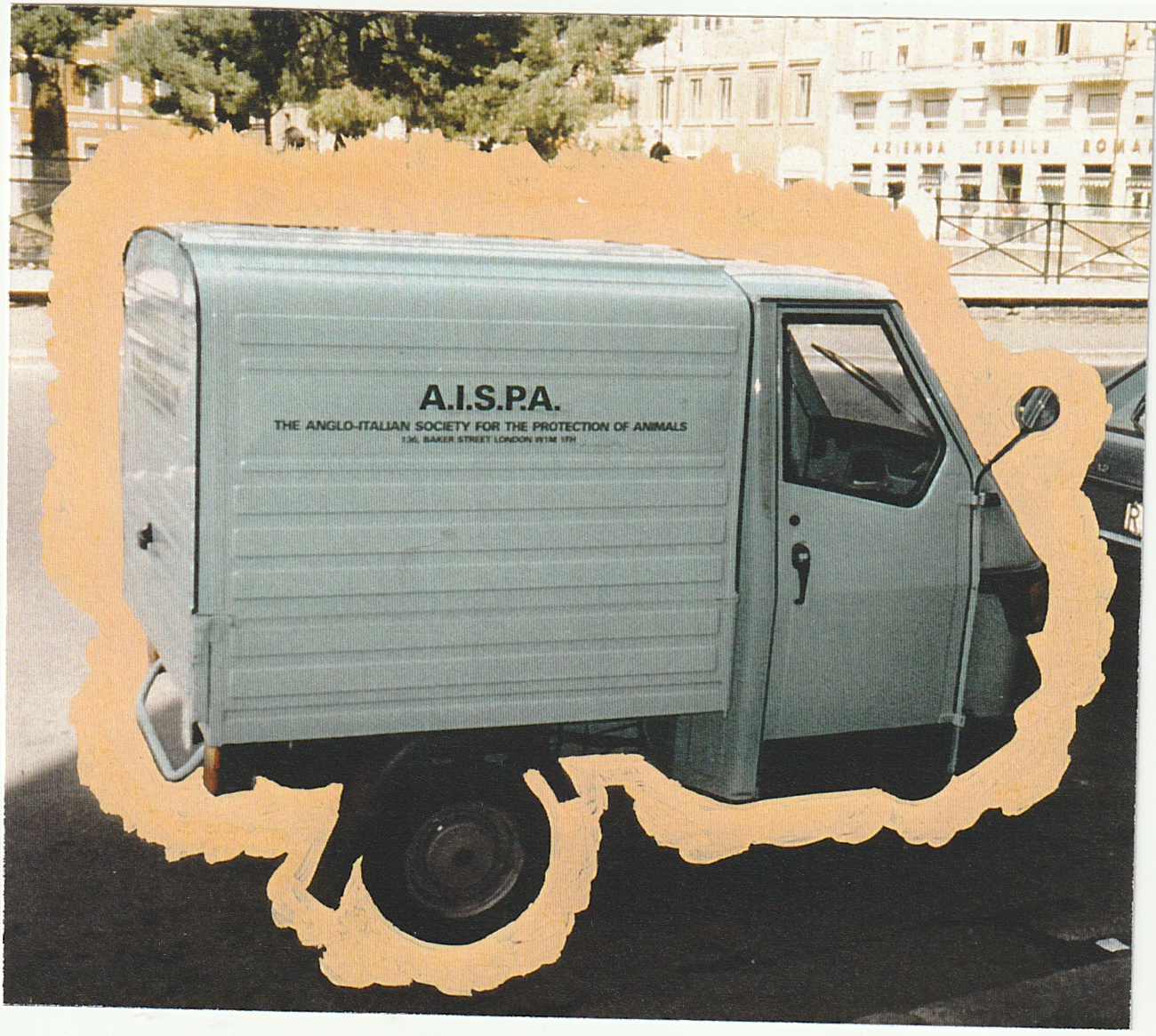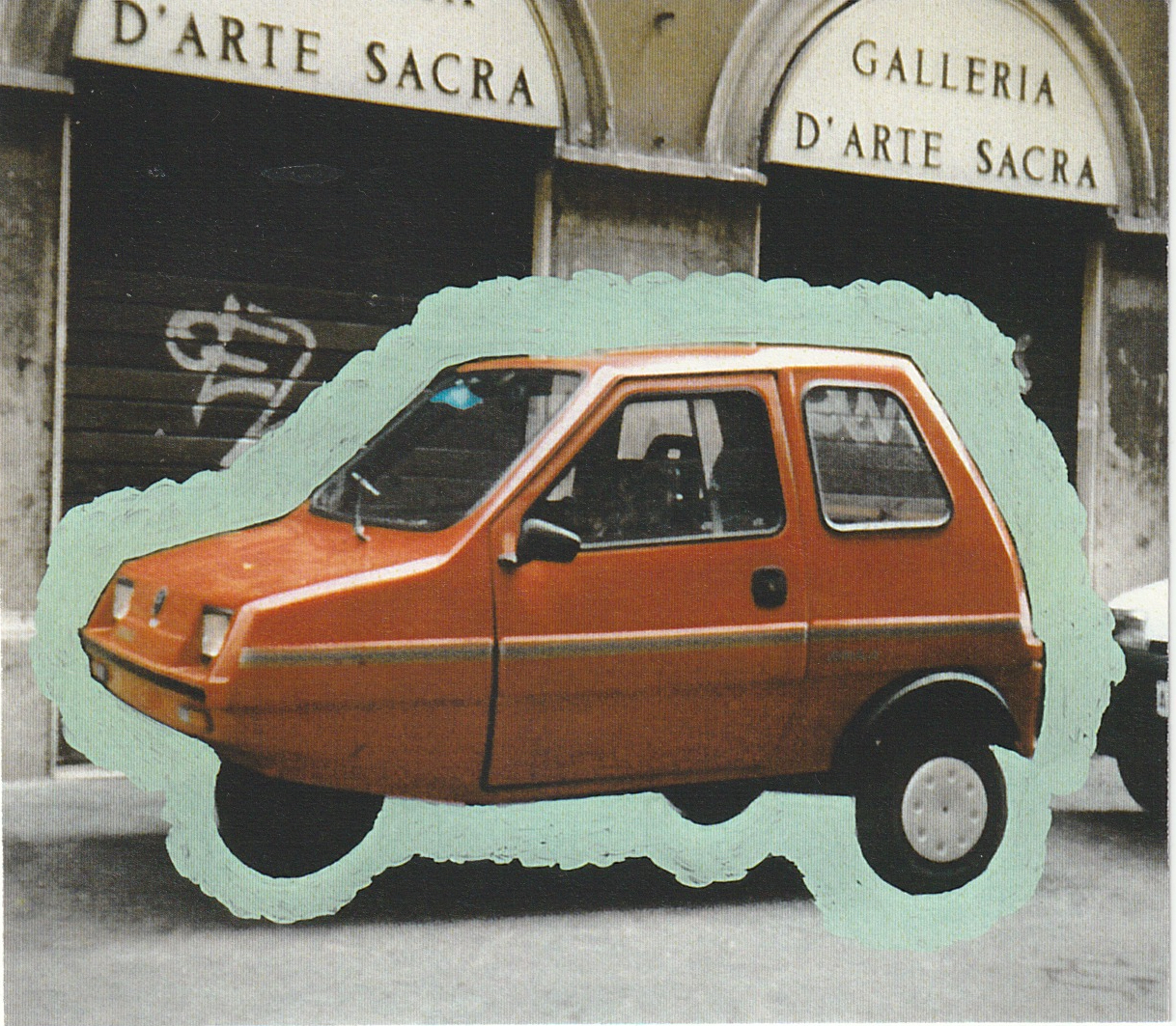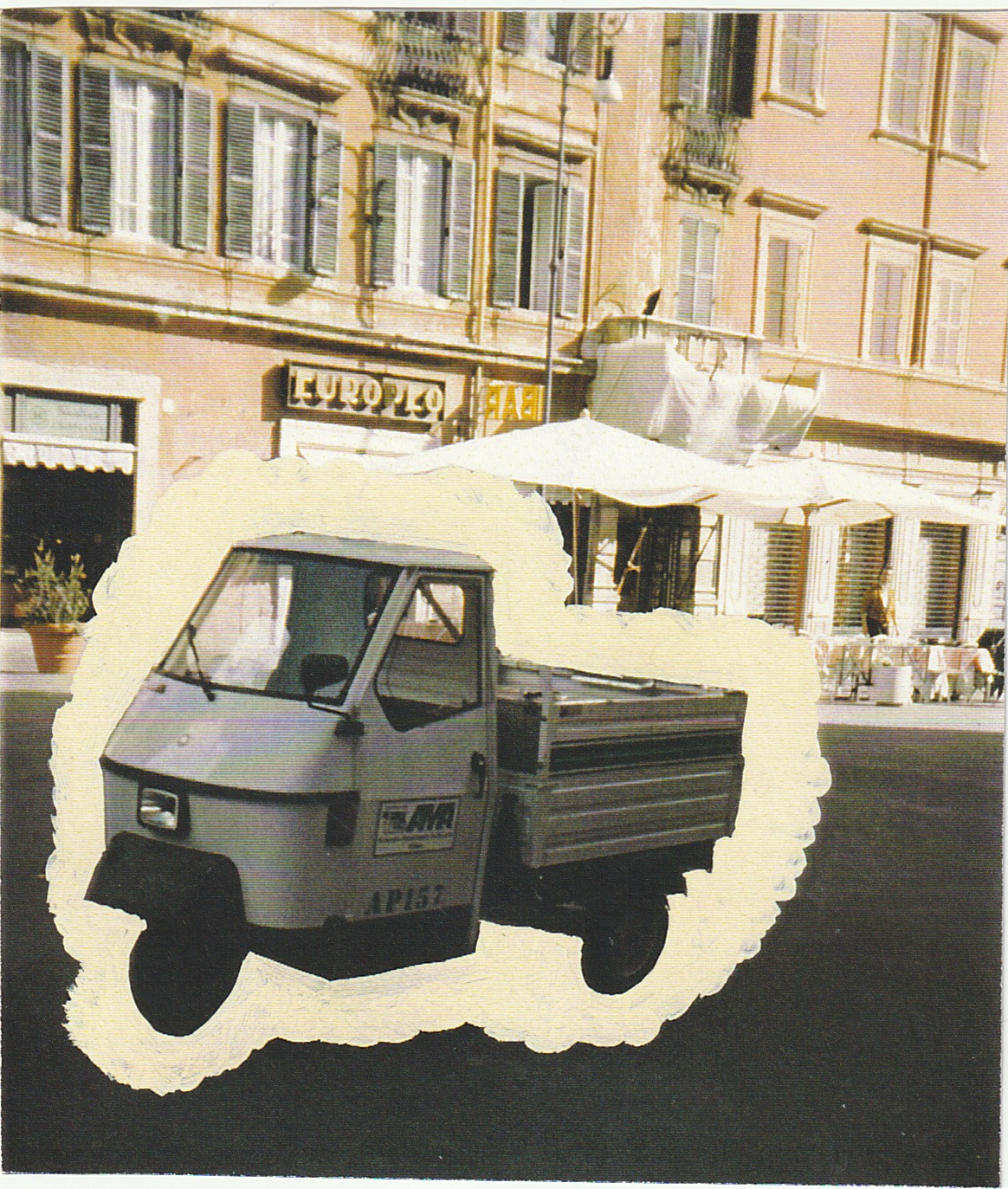Celebration? Realife Revisited, 1972 – 2000. Photo: Stefan Altenburger Photography, Zurich © the artist
The British-French artist calls his first encounter with photography a “brief flirtation”. Louise Benson traces how the relationship has developed in his iconic installations, collages, and ideas of home
What makes a photographer? British-French artist Marc Camille Chaimowicz, whose sensitively observed work spans more than five decades, is resolutely not one. Ask him, and he refers to himself as an artist working with photography. His relationship with the camera is complex, not just in his large-scale installations, collages, drawings, sculptures, artist books and printed fabrics, but in the singular, finely-tuned way he sees the world.
“My first contact with photography began somewhat inauspiciously,” he says. “Whilst on my first degree painting course (where photography would have been discouraged), I won a small prize and bought myself an inexpensive camera.” He took this camera to New York, where “on visiting the Empire State Building and looking down to record the vertiginous view, the lens of my cheap camera promptly fell off!” he recounts. “That put an end to my brief flirtation with photography.”
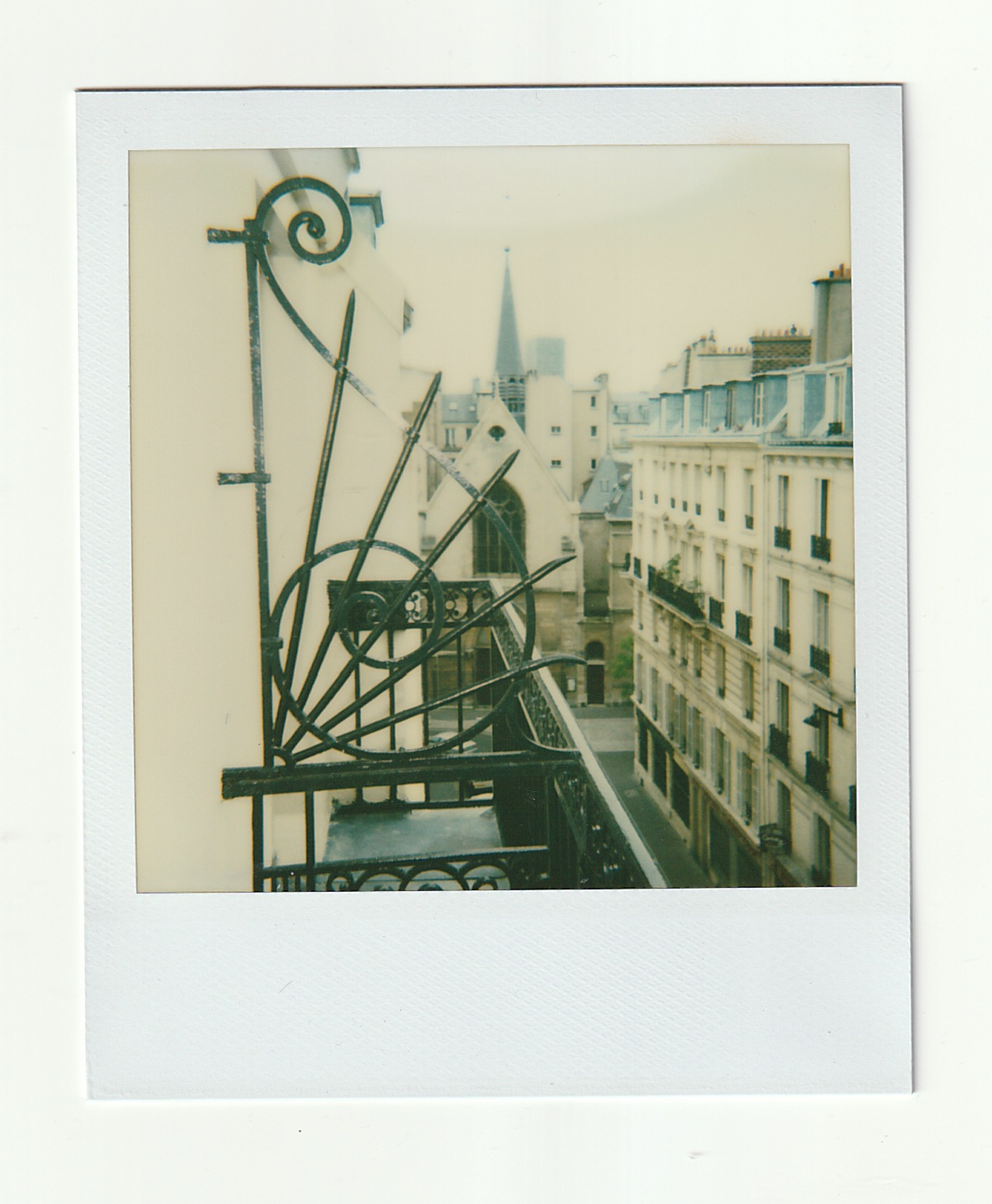
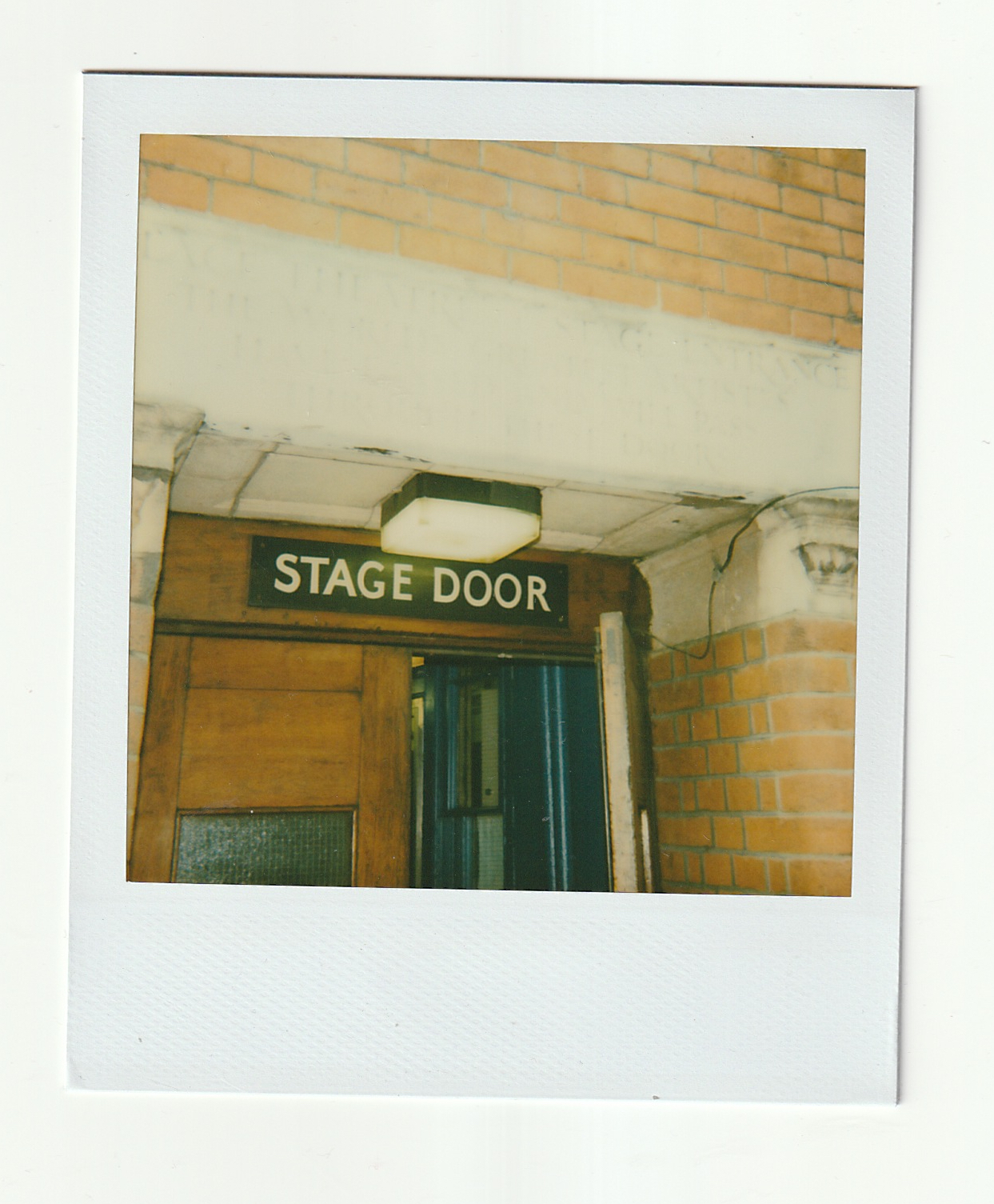
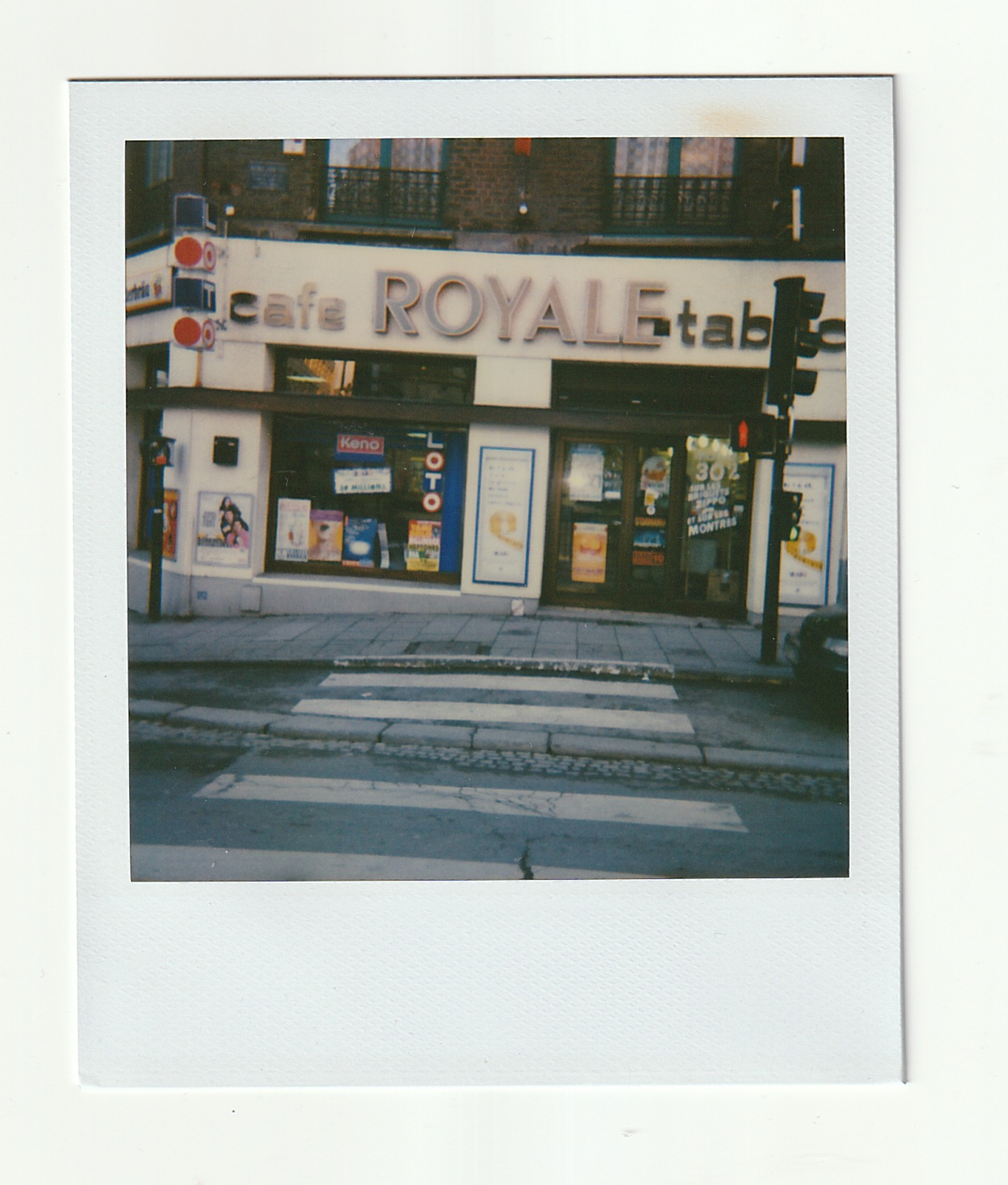
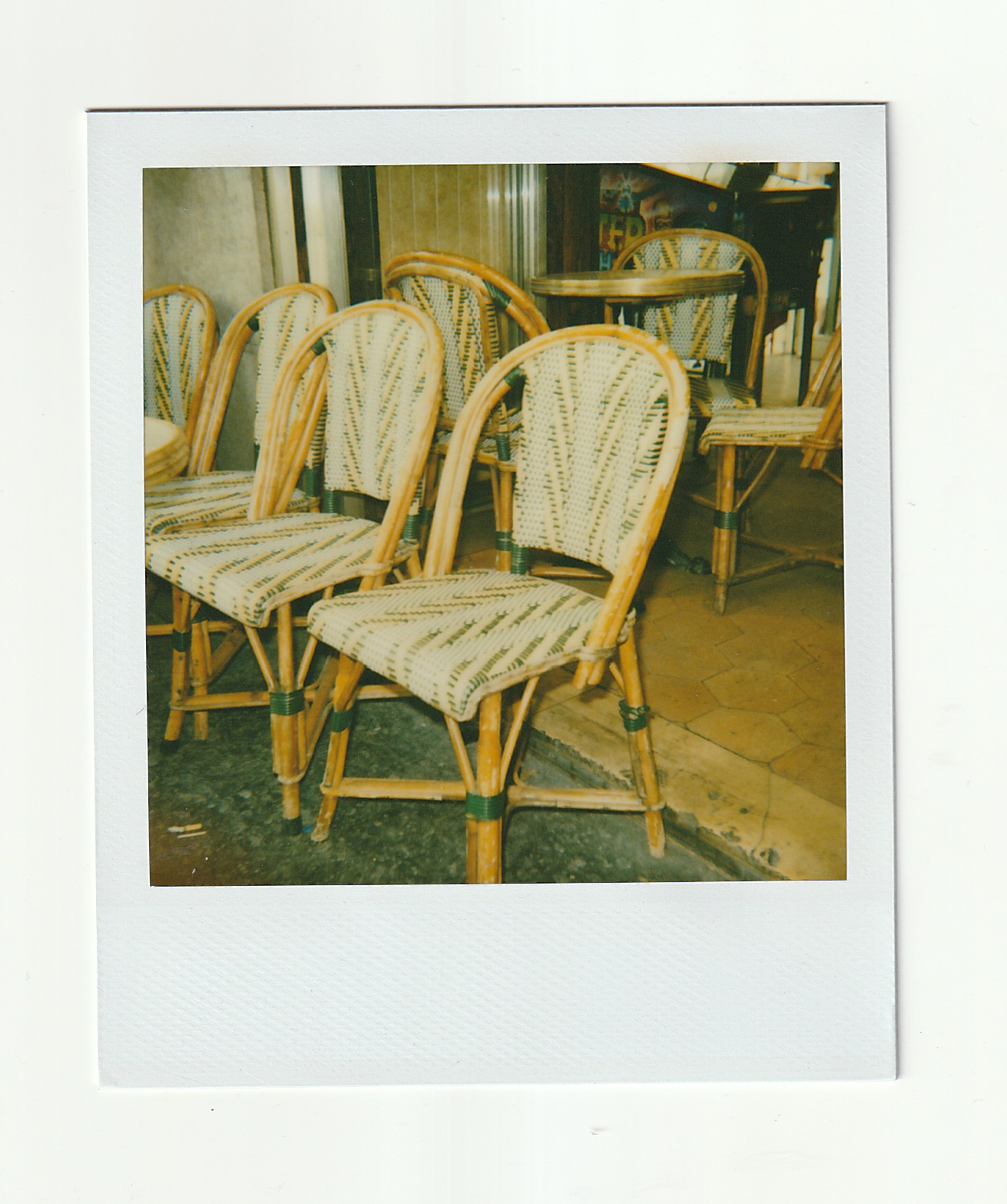
When he returned to the medium a decade later, he would print staged narratives in black-and-white (“in the manner of Photo-Romans”) in a converted Edwardian larder at his home. He later coloured them by hand, with “the advantage of enabling me to work primarily at night, then my favoured time of day…” Photography now features regularly in Chaimowicz’s work, with a heightened sensitivity to the physicality of the image. Pictures are pinned up on walls, or cut into delicate collages to be disseminated in publications which adopt the curiosity of scrapbooks. He has exhibited widely across Europe for the last five decades, and in 2018 staged his first solo museum show in the US at New York’s Jewish Museum.
Born in Paris in 1947, Chaimowicz’s Polish-French family moved to the UK when he was eight. He later studied at Ealing College of Art, then Camberwell and the Slade. Having spent extended periods in France throughout his life, he now lives in London, where until 2018, he resided for 40 years in a 19th-century red brick flat in Camberwell’s Hayes Court. The flat has featured prominently in his work, as Chaimowicz engages with what it means to make a place a home. He harbours a careful understanding of the ways that decorated interiors and personal items – from handmade ceramics to mass-produced objects – shape us just as much as we shape them.
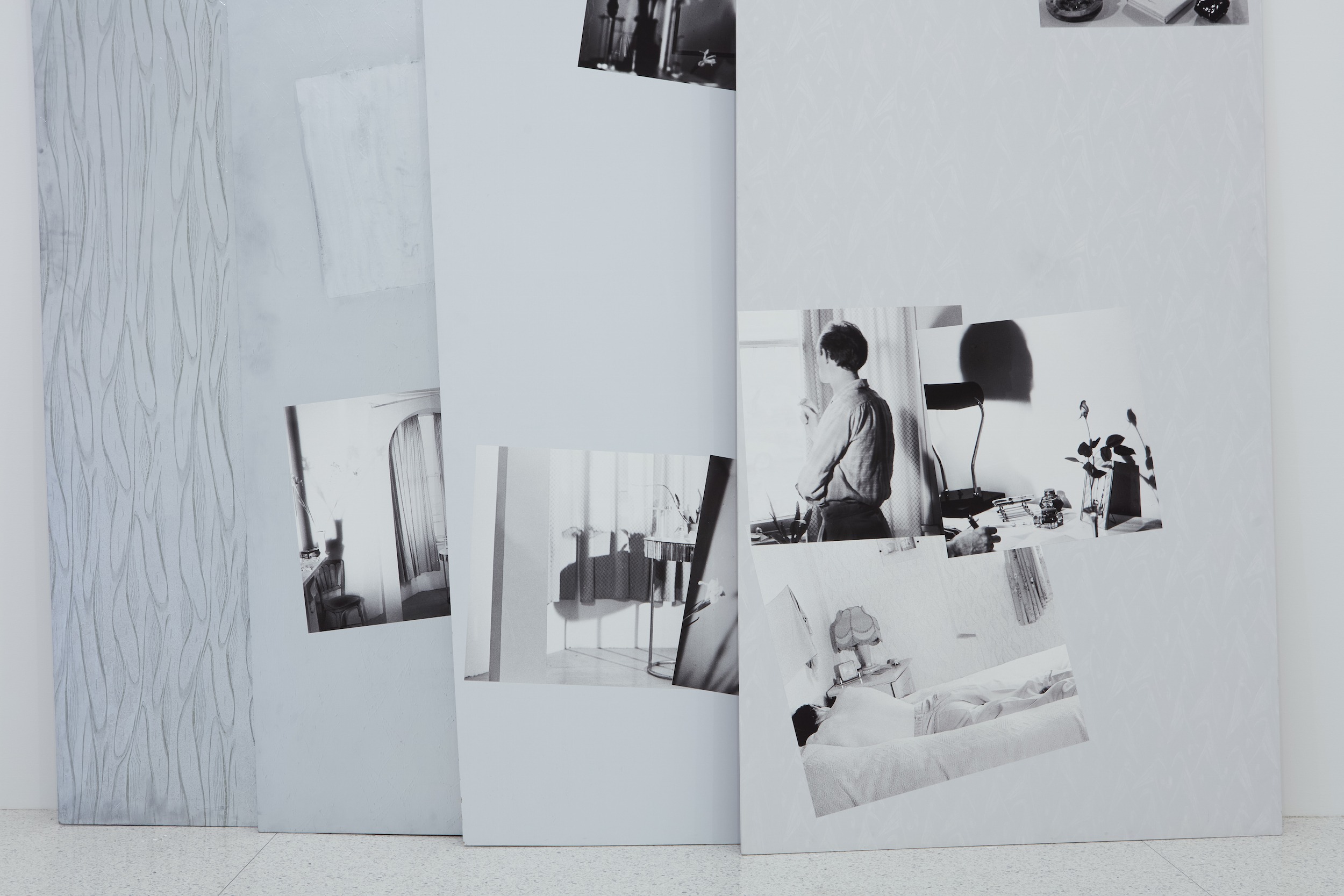
Nuit américaine, a new exhibition at Wiels in Brussels, presents a combination of old and new works from Chaimowicz’s career. Viewers are taken from a restaging of his 1972 installation Celebration? Realife to a transposition of his Hayes Court living room (complete with mid-century armchairs and drinks cabinet). Also included are a new photographic series in the Camberwell flat, and whimsical A4 collages taken from pages of fashion and luxury magazines. “I think one of the reasons Marc Camille is perhaps not as well known as some of his peers is because he’s very diverse in the forms that his work takes,” says Zoë Gray, the show’s curator. “He’s not willing to be pigeonholed… He is consistently different in his approach and media.”
Celebration? Realife remains one of Chaimowicz’s most famous works, a post-pop, multisensory extravaganza. First staged at Gallery House London, it was a radical shake-up of what an installation could be through the use of a ‘scatter environment’ (a term coined by Chaimowicz). Objects and found photographs are intuitively yet deliberately strewn across the floor. Coloured spotlights bounce off low-hung mirrorballs while the snarling guitar riffs of The Doors and Jimi Hendrix play through the darkened room. Tripod-mounted cameras hint at the role that photography has to play not only in documenting modern life, but in reframing reality as we know it. Slide film is projected onto one wall, fleeting glimpses of images that dissolve into immateriality, in a gesture that Chaimowicz compares retrospectively to digital culture and even selfies. “These projections completely predate that transient form of photographic recording.”
When it premiered, Celebration? Realife baffled what Chaimowicz wryly terms the “sophisticated art world”. “The piece was most naturally appreciated or enjoyed by very young people who weren’t yet conditioned as to how to read art,” he explains. “They would just sit down in a very natural way.” Some would even light up joints in the space and sit quietly listening to the music or drink the free tea and coffee on offer. “I was very aware of how alienating a contemporary art practice could be,” Chaimowicz continues. “I was very pleased that kids could come in and just feel that relaxed or that at home.” Amidst the discarded streamers, glittery party hats and sequined shoes, Celebration? Realife has the appearance of a party aftermath – at once timeless and distinctly of its decade.
Chaimowicz’s informal presentations give his exhibitions a provisional quality, a style echoed in the work of Wolfgang Tillmans, who Chaimowicz refers to warmly during our conversation. The pair collaborated on an exhibition at Nottingham Contemporary in 2011, where Chaimowicz paid homage to the French poet Jean Genet. He recalls Tillmans’ focus on the presentation of each image: “small, black-and-white, big, in colour, framed or suspended”. Tillmans’ casual approach is “a uniquely creative take on photography,” Chaimowicz says with a smile. Both artists are attuned to the subtle details that score our interactions both intimate and unthinking, caught in a casual gesture or hinted at just out of the frame. For Chaimowicz, these evolve beyond the camera lens into immersive installations that situate his photographs in real space.
“I was very aware of how alienating a contemporary art practice could be… I was very pleased that kids could come in and just feel that relaxed or that at home”
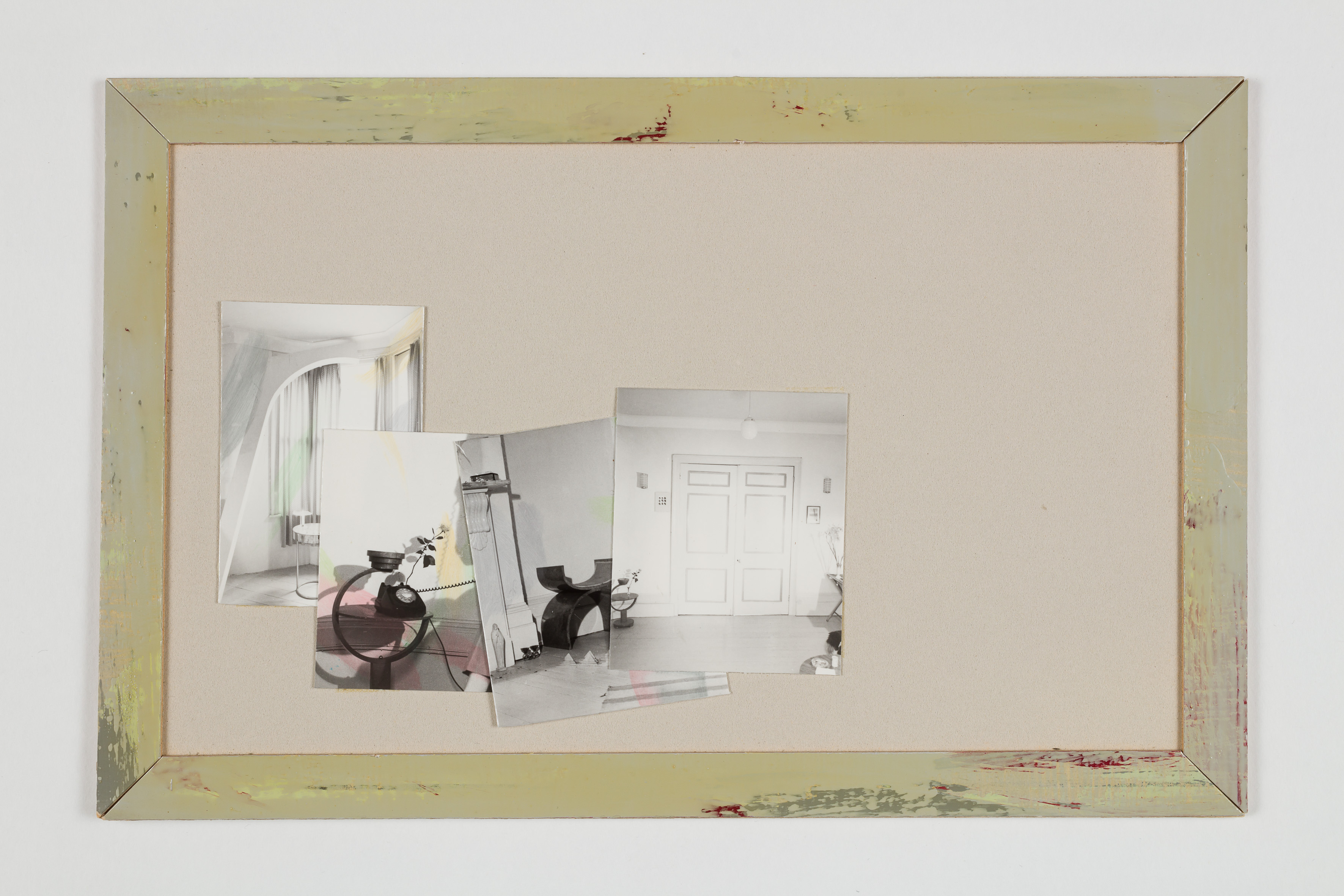
During the Covid-19 lockdown in 2020, Chaimowicz was housebound in London while working towards his Wiels exhibition. He turned to collage, favouring its simplicity. A series of 40 new collages is titled Dear Zoe, in reference to the epistolary format he used to communicate with Gray during the shutdown. The works are based upon Gustave Flaubert’s Madame Bovary, in which the protagonist buries herself in frivolities and fripperies to escape her domestic family life. (Chaimowicz had previously illustrated a new edition of the novel with original photographs, notes and drawings). The collages include photographs taken from magazines of shoes, lipsticks, bags, perfumes and dresses, as well as advertisements for Gitane cigarettes and languid portraits of fashion models.
Chaimowicz is sensitive to the stories we tell through the objects we hold close to us. The escapism found in the detritus of everyday life – trinkets and treasured photographs, or even the sound of a favourite song. He knows how these emotions are most frequently centred on the places we call home. He refuses easy definition: an artist, designer, photographer – and perhaps all three at once. A shape-shifter, then, who understands better than most that the ephemeral, the fleeting and the uncertain often provide the clearest window we have into our own reality.
Marc Camille Chaimowicz, Nuit américaine is at Wiels, Brussels, until 13 August

